Hey-o!
I know with all of uncertainty in the world right now, we’re thinking of ways we can live more affordably, and creatively be of help to our friends, neighbors and communities. Every year, my family donates hundreds of pounds of fresh produce to organizations like the Food Bank and Operation Friendship for Seniors as well as friends, family and acquaintances my mum thinks could use the veggies.
Our family garden is one of my favorite things in the world. It started as a small plot with us as beginners, fifteen years ago. We made a ton of gaffes, and learned what works in our climate. That small plot is now a thriving garden, raised beds, and a mini-orchard. Yes. We live in Edmonton, and we grow hundreds of pounds of fruit every year.
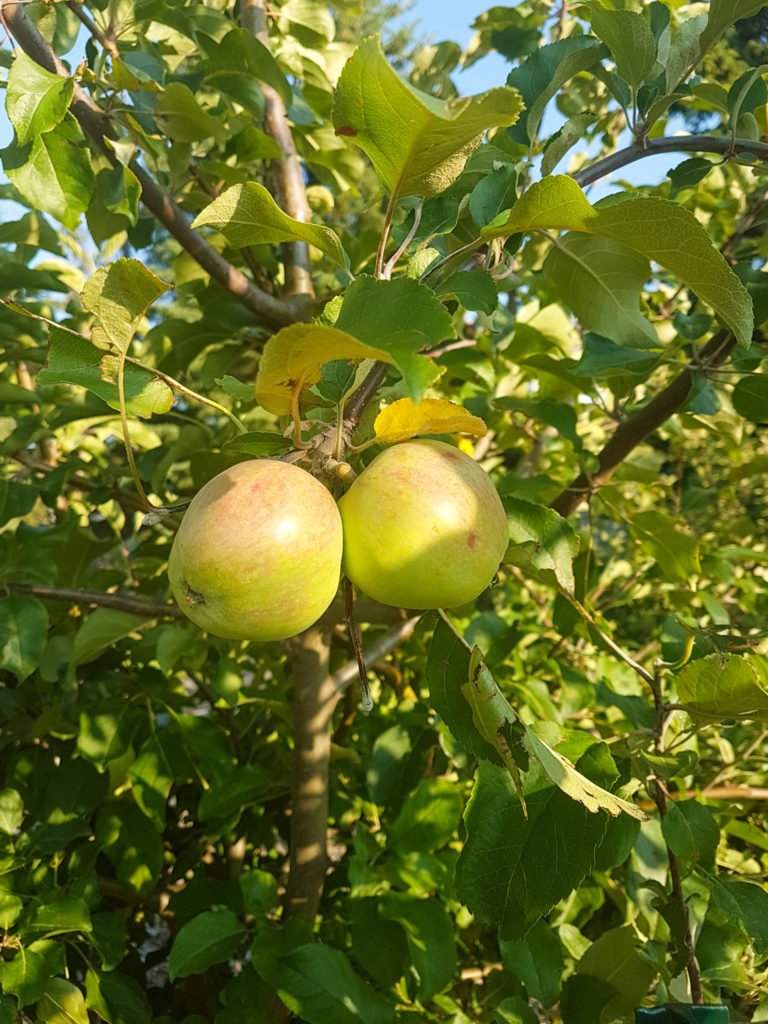
My parents are always encouraging people to give gardening for food a try- no matter what type of space you have, there are things you can grow. In our experience, these are the main three types that work well:
Container Gardening
Container gardening is a super easy way to get started gardening- you don’t need to have a lot of land, you can do this on a front porch, patio or even a balcony. Heck, even in a sunny window if it doesn’t need pollinated (nothing that flowers and then grows fruit, you need bees for that to grow, unless you get it pre-started with enough fruit).
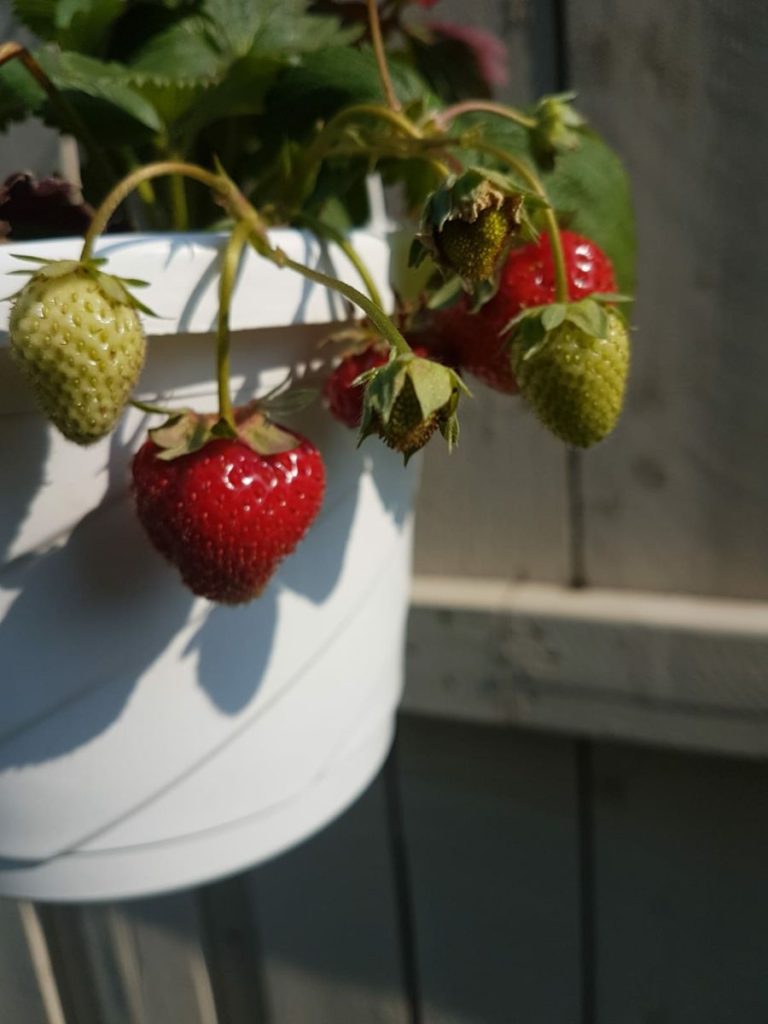
At my parent’s place, containers are how we grow herbs and tomatoes. The herbs so that they’re close to the door, and the tomatoes so that we can move them to a safer place if there’s a windstorm or thunderstorm.
You can get dwarf carrots that grow in containers. Greens grow great in containers- head lettuce, kale, mixed lettuces, it’s all totally ok in a pot or window box. If you’re really ambitious, you can also find ways to grow potatoes on balconies, but the physical footprint it takes up often outweighs the minimal product. For fruit, strawberries are a great bet for growing in hanging baskets, as well as baby tomatoes. Herbs are also a great thing to grow in containers. If you have a nice and sunny spot to grow, peppers are a great container plant, you’ll just have to be patient.
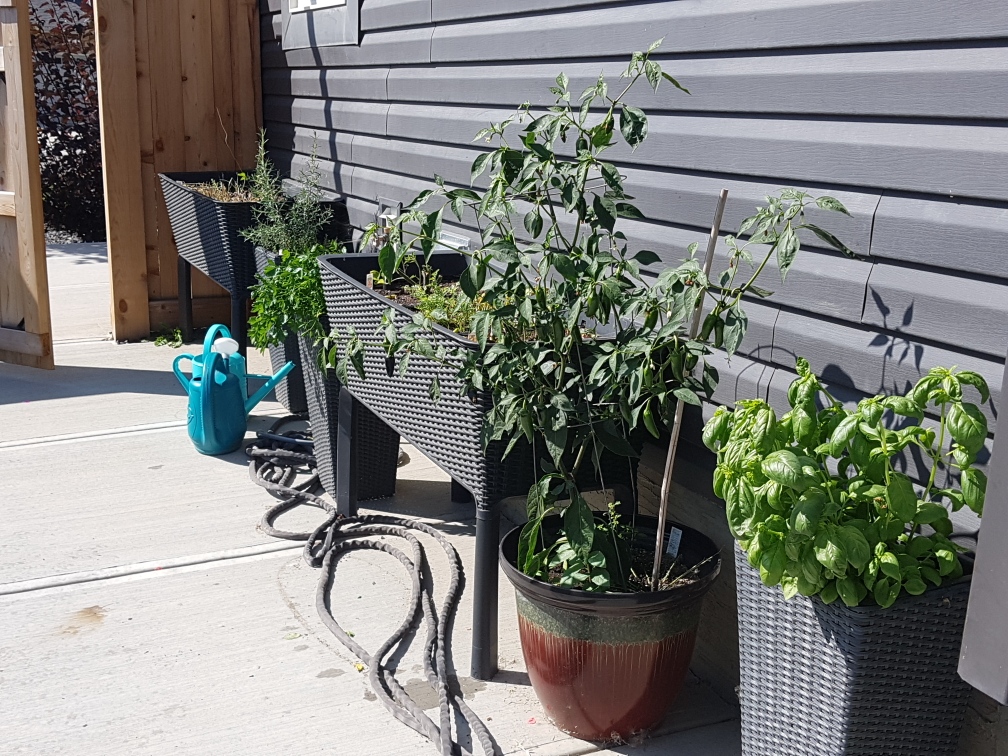
What you want to stay away from in container is things like squashes (they would literally take over a balcony) and deeply rooted vegetables like parsnips or traditional carrots. You can plant beets, but you’ll have to pick them while they’re small.
When choosing a container, make sure that it’s big enough to support a full-grown plant for things like tomatoes and peppers. Make sure your pots have a way to drain, so they don’t get waterlogged.
Free-Standing Garden Beds
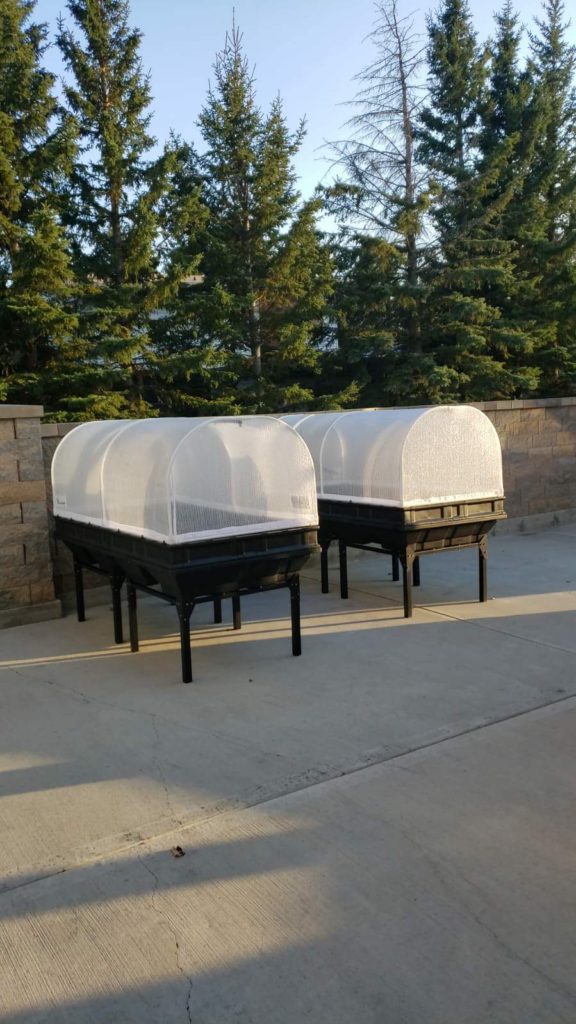
Once you’re hooked on gardening, the next step is free-standing garden beds like our Vege-Pods. These are a great option if you want to protect your vegetables from the elements (blazing sun, torrential rain), birds and bugs.
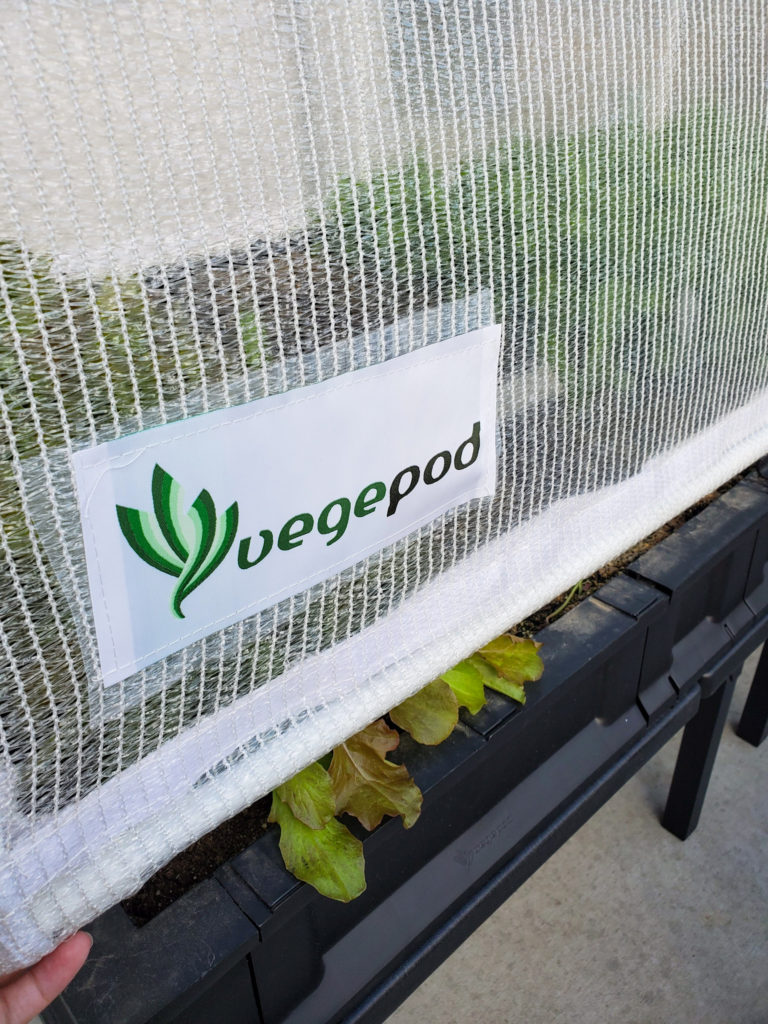
Free-standing garden beds are a great option to put on a deck, or a concrete patio. You can put them on grass, but keep in mind, it’ll probably kill your grass in a few spots.
You can grow pretty much anything in a deep free-standing bed. Carrots, beets, spinach, turnips, lettuces, beans, peas- whatever your heart desires, including peppers, cucumbers and tomatoes. You may want to consider putting those in a container though, as they take up quite a bit of space and may need stakes and/or cages.
Again, you’ll want to avoid things like squashes, watermelons, etc. They creep and crawl and will take over the entire planter, and then spill over to find new grounds to conquer. These are truly plants for those with larger amounts of space.
Keep in mind if you’re choosing a raised garden bed like a Vege-pod that it takes quite a lot of dirt to fill them in comparison to container gardening. This requires an initial outlay of funds to get the dirt ($200+ for two like we have), and then a means to get rid of large amounts of dirt and plant matter at the end of the season. Container gardens are also extremely heavy once filled, you will not be able to move them, so choose your spot carefully.
Traditional Gardening
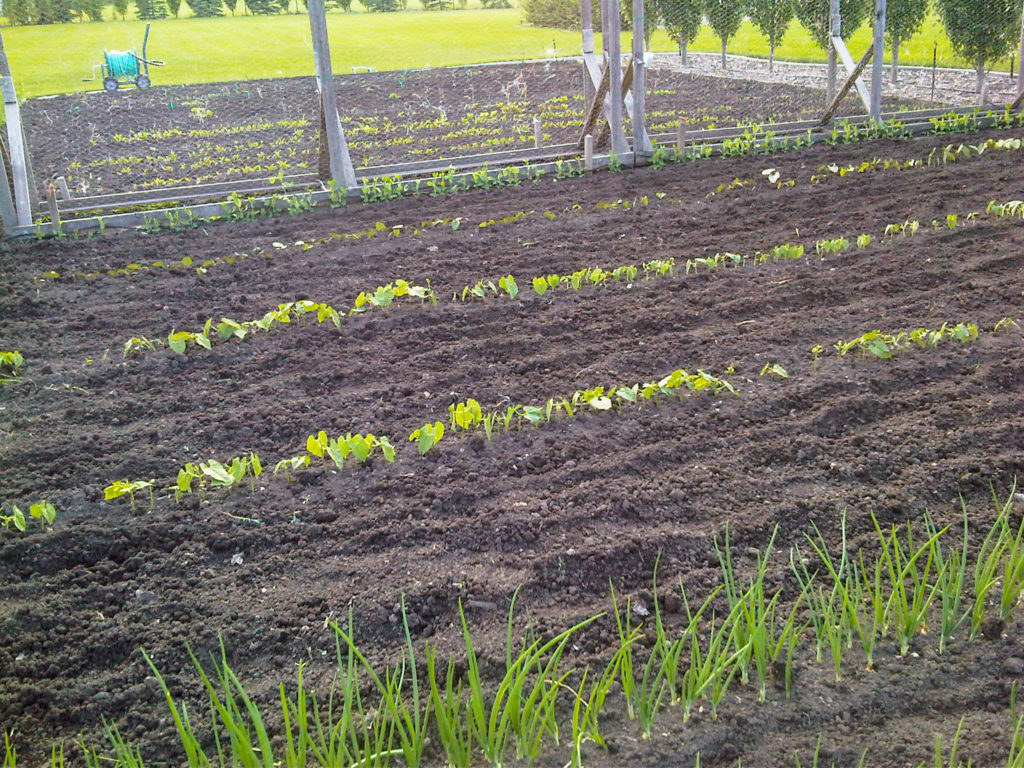
If you are lucky enough to have a yard, access to a community garden, or a friend/family member with land to share, you can have a traditional garden! A traditional garden is like having a blank slate to play with where the opportunities are limitless because you can grow anything.
There are some things to consider with a traditional garden, though. The first is really asking yourself, is this area truly well-suited for a garden? You can have a garden in an area that isn’t always sunny, but if it’s dark, cool and maybe growing moss because it doesn’t drain well? Yeah… it’s not a great place for a garden and you should consider either of the other options in a different area of your home or property.
Secondly, you need to consider your soil. Clay does not grow anything all that well, and heavily sandy soil is susceptible to washout of plants. You ideally want nice, rich, dark soil and to top it off with compost or aged manure. Be cognizant of what may have been in your soil as well. If you have re-used railroad ties in your yard, you have toxic creosote in your yard, and it’s not great to plant in that soil for food growing purposes. Likewise any treated wood that can leach into your soil and groundwater is a no-no around a food garden. Use untreated cedar in yards you plan to grow in!
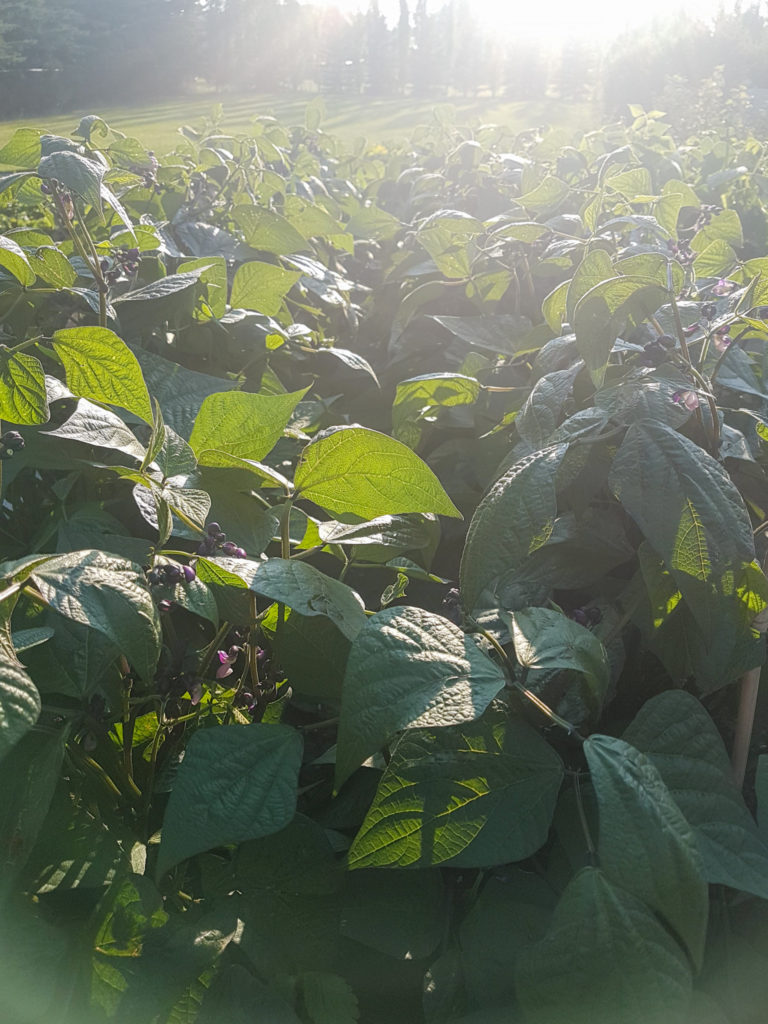
Lastly, it’s worth noting that a traditional garden can be physically taxing to get ready, tend to, and can at times require more specialized equipment. Some examples are roto-tillers, pitchforks, pea cages and strong backs to operate and build such things (thanks Dad!).

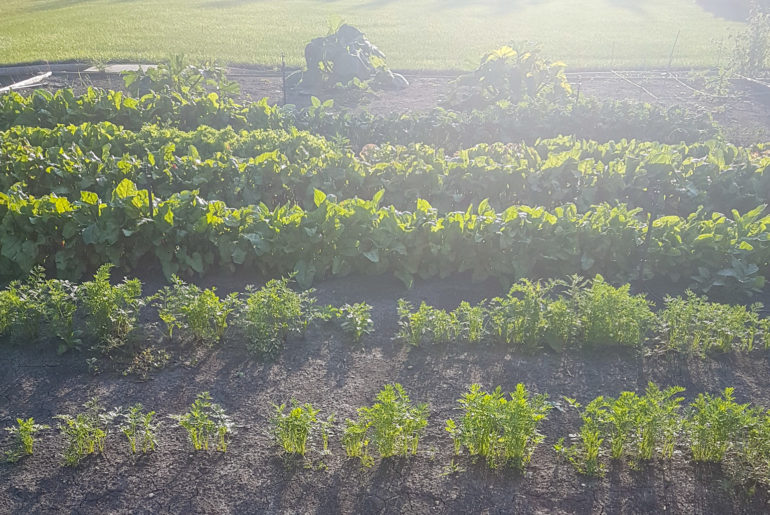
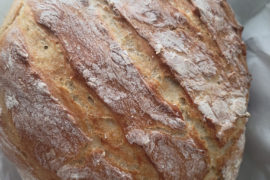


Comments are closed.